|
|
|
This all-new card includes only images created on my JAN 2022 visit to San Diego. Click on the composite to enjoy a larger version. |
The 2022/23 San Diego Brown Pelicans (and more!) IPTs
San Diego IPT #1. 3 1/2 DAYS: WED 21 DEC thru the morning session on Saturday 24 DEC 2022. $2099.00. Deposit: $699.00. Limit: 6 photographers/Openings: 5.
San Diego IPT #2. 4 1/2 DAYS: SAT 7 JAN thru the morning session on WED 11 JAN 2023: $2699.00. Deposit: $699.00. Limit: 6 photographers/Openings: 3.
San Diego IPT #3: 3 1/2 DAYS: FRI 20 JAN thru the morning session on MON 23 JAN 2023: $2099.00. Deposit: $699.00. Limit: 6 photographers/Openings: 5.
Please e-mail for information on personalized pre- and post-IPT sessions.
Join me in San Diego to photograph the spectacular breeding plumage Brown Pelicans with their fire-engine red and olive green bill pouches; Brandt’s (nesting) and Double-crested Cormorants; breeding plumage Wood and Ring-necked Ducks; other duck species possible including Lesser Scaup, Redhead, Northern Shoveler and Surf Scoter; a variety of gulls including Western, California, and the gorgeous Heermann’s, all in full breeding plumage; shorebirds including Marbled Godwit, Willet, Sanderling and Black-bellied Plover; many others are possible including Least, Western, and Spotted Sandpiper, Whimbrel, Black and Ruddy Turnstone, Semipalmated Plover, and Surfbird; Harbor Seals and California Sea Lions (both depending on the current regulations and restrictions). And as you can see by studying the IPT cards, there are some nice bird-scape and landscape opportunities as well. Not to mention a ton of excellent flight photography opportunities and instruction.
Please note: where permitted and on occasion, ducks and gulls may be attracted (or re-located) with offerings of grains or healthy bread.
|
|
|
San Diego offers a wealth of very attractive natural history subjects, including and especially the Pacific race of California Brown Pelican. With annual visits spanning more than four decades, I have lots of photographic experience there … Click on the composite to enjoy a larger version. |
Learning Exposure, Whether You Like It Or Not
Whether you like it or not, we will be beating the subject of exposure like a dead horse. In every new situation, you will hear my thoughts on exposure along with my thoughts on both Nikon and Canon histograms and SONY Zebras. Whether you like it or not, you will learn to work in manual mode so that you can get the right exposure every time (as long as a bird gives you ten seconds with the light constant). Or two seconds with SONY zebras … And you will learn what to do when the light is changing constantly. What you learn about exposure will be one of the great takeaways on every IPT.
|
|
|
Though the pelicans will be the stars of the show on this IPT, there will be many other handsome and captivating subjects in wonderful settings. Click on the composite to enjoy a larger version. |
It Ain’t Just Pelicans
With gorgeous subjects just sitting there waiting to have their pictures taken, photographing the pelicans on the cliffs is about as easy as nature photography gets. With the winds from the east almost every morning there is usually some excellent flight photography as well, often with 70-200mm lenses! And the pelicans are almost always doing something interesting: preening, scratching, bill pouch cleaning, or squabbling. And then there are those crazy head throws that are thought to be a form of intra-flock communication. You will be guided as to how to make the best of those opportunities. Depending on the weather, the local conditions, and the tides, there are a variety of other fabulous photo chances available in and around San Diego.
|
Did I mention that there are lots of great birds and natural history subjects in San Diego in winter? Click on the composite to enjoy a larger version. |
The San Diego Details
These IPTs will include four or five 3-hour morning photo sessions, three or four 1 1/2-hour afternoon photo sessions, and three or four working brunches that will include image review and Photoshop sessions. On rare cloudy days, we may — at the leader’s discretion, stay out in the morning for a long session and skip that afternoon. To ensure early starts, breakfasts will be your responsibility. And so that we can get some sleep, dinners will be on your own as well. In the extremely unlikely event that Goldfish Point is closed due to local ordinance (or whimsy) — that has never happened in the past fifty years, I will of course do my very best to maximize our photographic opportunities.
|
|
|
San Diego offers a wealth of very attractive natural history subjects, including and especially the Pacific race of California Brown Pelican. With annual visits spanning more than four decades, I have lots of photographic experience there … Click on the composite to enjoy a larger version. |
Deposit Info
A $599 deposit is required to hold your slot for one of the 2022/23 San Diego IPTs. You can send a check (made out to “BIRDS AS ART”) to us here: BIRDS AS ART, PO Box 7245, Indian Lake Estates, FL, 3385, or call Jim or Jennifer at the office with a credit card at 863-692-0906. Your balance, payable only by check, is due three months before the trip.
|
Variety is surely the spice of life in San Diego. Click on the composite to enjoy a larger version. |
Getting Up Early and Staying Out Late
On all BIRDS AS ART IPTS including and especially the San Diego IPT, we get into the field early to take advantage of unique and often spectacular lighting conditions and we stay out late to maximize the chances of killer light and glorious sunset silhouette situations. We often arrive at the cliffs a full hour before anyone else shows up to check out the landscape and seascape opportunities.
What’s Up?
In the morning I did a very early 2.8 miles flow rope walk. There was a nice breeze from the east, but I did not make any images. I swam early, worked on my 2021 taxes, and again, watched lots of US Open tennis. For the past few days heavy rain, thunder, and lightning ruled out an afternoon walk. I headed out after dinner under threatening skies for what I hoped would be a long walk. The cool breeze persisted, and I walked the four miles from my home to Orange and Alba to check on the Tropical Royal Blue Water Lilies. They had dredged the drainage ditch and destroyed all but a very few small lily pads. Bummer. I am pretty sure that I have not walked 6.8 miles in a day since the Norway trip.
Today is Saturday 10 September 2022. I will be heading down to the lake early for a flow rope walk and see what develops after that. Wherever you are, and whatever you are doing, I hope that you too have a great day. This blog post took about three hours to prepare and makes one hundred sixty-nine days in a row with a new one.
Please remember to use the B&H and Amazon links that are found on most blog pages and to use the BIRDSASART discount code at checkout when purchasing your new gear from Bedfords to get 3% back on your credit card and enjoy free second-day air FedEx. Please, also, consider joining a BAA IPT. You will be amazed at how much you will learn!
Follow me on Instagram here. I am trying to feature both new and old images, especially images that have not appeared recently on the blog. Or search for birds_as_art.
BIRDS AS ART Image Optimization Service (BAA IOS)
Send a PayPal for $62.00 to birdsasart@verizon.net or call Jim at 863-692-0906 and put $62.00 on your credit card. Pick one of your best images and upload the raw file using a large file sending service like Hightail or DropBox and then send me the link via e-mail. I will download and save your raw file, evaluate the exposure and sharpness, and optimize the image as if it were my own after converting the raw file in Adobe Camera Raw. Best of all, I will make a screen recording of the entire process and send you a link to the video to download, save and study.
Induro GIT 304L Price Drop
Amazingly, we have two, brand-new-in-the-box Induro GIT 304L tripods in stock. They are $699.00 each (were $799.00) and the price now includes the insured ground shipping to the lower 48 states. Weekday phone orders only: 863-692-0906. Order yours here while they last.
Eliminating Distracting Elements that Merge with the Subject or with Background Elements
Preening Western Gull Image Optimization Video with Arthur Morris/BIRDS AS ART
Before you watch, be sure to check out the problems with the original image capture, Image #1, below.
In this YouTube video I take you through the complete image optimization. It begins with the raw conversion: adjusting the Color Temperature and the Exposure and setting the White and Black Points. Next are Topaz DeNoise and the crop. Then, using two different methods, I show you how I eliminated the gull’s head and the pelican’s back. Last, I flatten the Layers and name and save the .TIF file.
You will learn why I run Topaz on its own layer and then do my clean-up work on a layer above the Topaz layer.
Note: In the video, I failed to move the Highlights slider to the left to bring more detail into the whites of the gull’s breast. My bad.
|
|
|
I created this image on 26 January 2022 on a San Diego IPT. Standing at full height, I used the handheld Sony FE 200-600mm f/5.6-6.3 G OSS lens (at 600mm) and The One, the Sony Alpha 1 Mirrorless digital camera. ISO 1600. Exposure determined via Zebras with ISO on the rear dial: 1/2000 sec. at f/6.3 (wide open) in Manual mode. RawDigger showed that this image exposure was within 1/3-stop from being perfect. AWB at 7:27:49am. Tracking: Zone/AF-C Bird/Eye Detection AF was active at the moment exposure and performed perfectly. Click on the image to view a hi-res version. Image #1: The original: Western Gull — adult preening
|
Problems with the Original
The two main problems with the original are the shaded head of the gull below the subject that merges with its legs and with the rock, and the back of the pelican in the lower right corner that merges with the rock.
|
|
|
I created this image on 26 January 2022 on a San Diego IPT. Standing at full height, I used the handheld Sony FE 200-600mm f/5.6-6.3 G OSS lens (at 600mm) and The One, the Sony Alpha 1 Mirrorless digital camera. ISO 1600. Exposure determined via Zebras with ISO on the rear dial: 1/2000 sec. at f/6.3 (wide open) in Manual mode. RawDigger showed that this image exposure was within 1/3-stop from being perfect. AWB at 7:27:49am. Tracking: Zone/AF-C Bird/Eye Detection AF was active at the moment exposure and performed perfectly. Click on the image to view a hi-res version. Image #1A: The optimized version: Western Gull — adult preening
|
Eliminating Distracting Elements that Merge with the Subject or with Background Elements
Be sure to watch the video (above) to learn a ton about how I used Photoshop. If you are happy with what you learned you will surely want to grab a copy of Digital Basics II and check out the other Photoshop videos here in the BAA Online Store.
Unique
I have never seen an image like today’s featured image with the fluffed-up feathers framing the gull’s face and eye. Have you? I believe that the fluffed-up feathers are the scapulars. I used to say that every image is unique, but with its 30 frames per second frame rate, the a1 has put an end to that thinking.
Questions and Comments
As always, all are invited to scroll down just a bit and leave a comment or ask a question.
|
|
The BIRDS AS ART Current Workflow e-Guide (Digital Basics II).You can order your copy from the BAA Online Store here, by sending a PayPal for $40 here, or by calling Jim or Jennifer weekdays at 863-692-0906 with your credit card in hand. Be sure to specify Digital Basics II. |
The BIRDS AS ART Current Workflow e-Guide (Digital Basics II)
The techniques mentioned in the video along with tons more great Photoshop tips and techniques — along with my complete digital workflow, Digital Eye Doctor Techniques, and all my personalized Keyboard Shortcuts — are covered in detail in the BIRDS AS ART Current Workflow e-Guide (Digital Basics II), an instructional PDF that is sent via e-mail. Note: folks working on a PC and/or those who do not want to miss anything Photoshop may wish to purchase the original Digital Basics along with DB II while saving $15 by clicking here to buy the DB Bundle.
Folks who learn well by following along rather than by reading can check out the complete collection of MP 4 Photoshop Tutorial Videos by clicking here. Note: most of the videos are now priced at an amazingly low $5.00 each.
You can learn how and why I converted all of my Canon digital RAW files in DPP 4 in the DPP 4 RAW Conversion Guide here. More recently, I became proficient at converting my Nikon RAW (NEF) files in Adobe Camera Raw. About three years ago I began converting my Nikon and Sony RAW files in Capture One and did that for two years. You can learn more about Capture One in the Capture One Pro 12 Simplified MP4 Video here. The next step would be to get a copy of Arash Hazeghi’s “The Nikon Photographers’ Guide to Phase One Capture One Pro e-Guide” in the blog post here. Today, I convert my Sony raw files in Photoshop with Adobe Camera Raw.
You can learn advanced Quick Masking and advanced Layer Masking techniques in APTATS I & II. You can save $15 by purchasing the pair.
Typos
With all blog posts, feel free to e-mail or to leave a comment regarding any typos or errors.

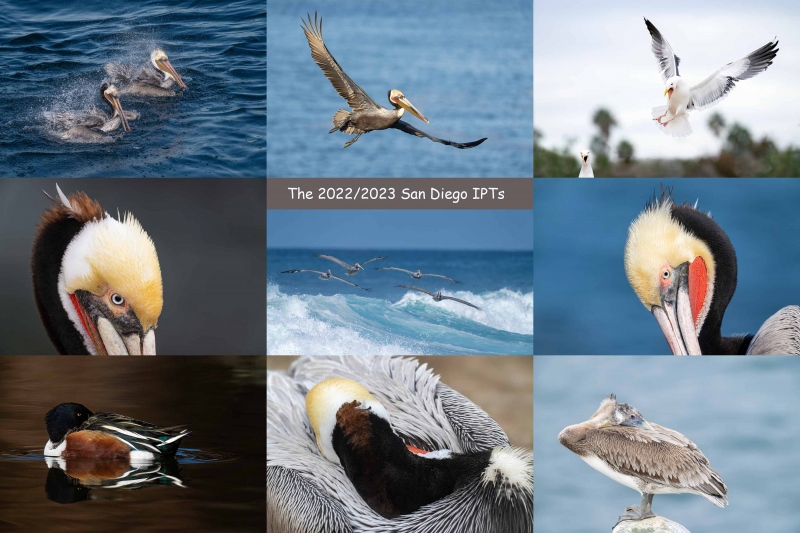
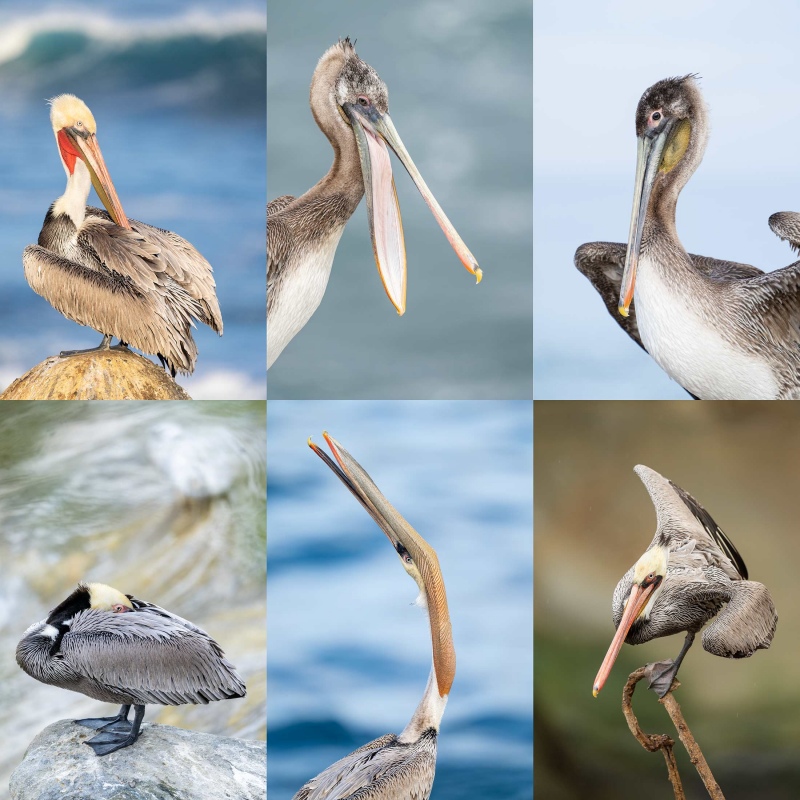
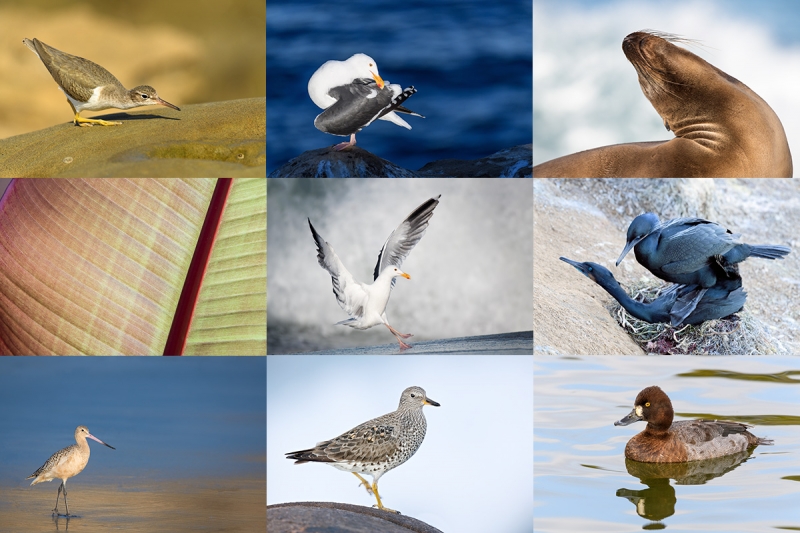

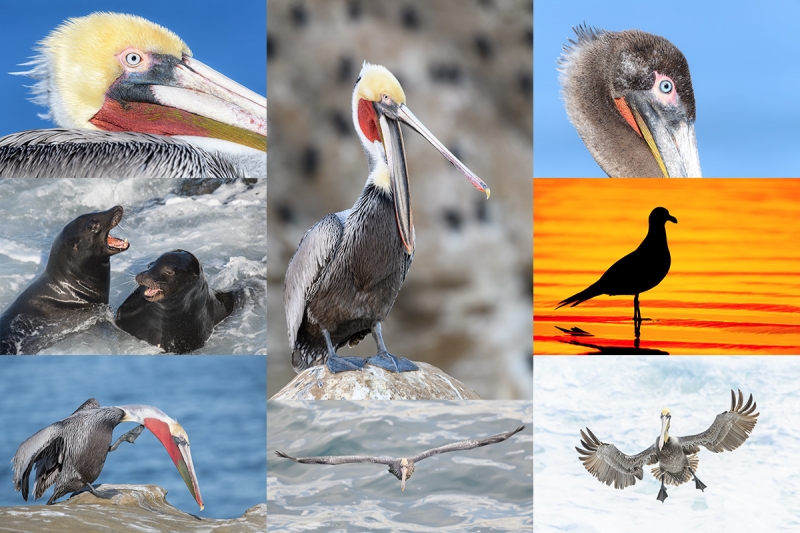

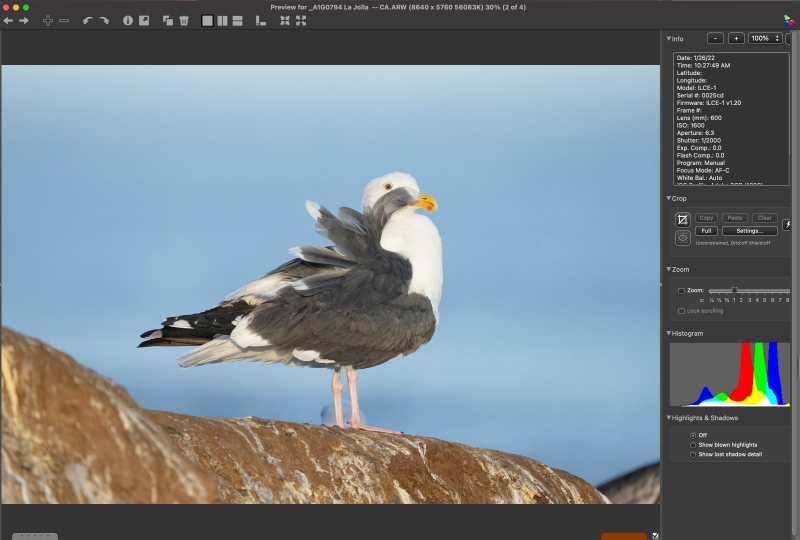
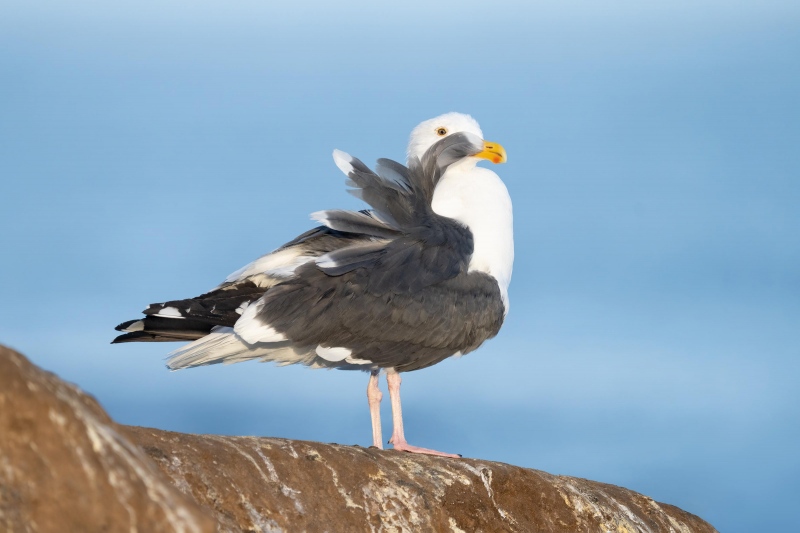














Hi Artie,
Thank you for this video. Why did you reduce the slider value by 2/3 when setting the “white point”?
My pleasure.
If you set the slider to the spot where the OvEXP warnings begin to disappear, your whites will be at 255. It is difficult to impossible to restore the detail. For years, I reduced the white slider value by half. More recently, I began reducing it by 2/3 so that I would have less work to do restoring detail to the whites. Note that in the video, I neglected to move the Highlight Slider to the left (as I should have).
with love, artie
Thank you very much for the video of the image optimization. Very very helpful! I particularly like the tip of using “M” to change the lightness/darkness of an edit.
Thanks. It’s Command + M for Curves on a Layer.
with love, artie
Excellent video Artie. Do you use a mouse or a pen tablet ? (e.g. Wacom)
Thanks, CJ. I use neither. The trackpad on the new M1 laptop has caused me some problems as it is configured a bit differently from my previous MacBook Pros.
with love, artie